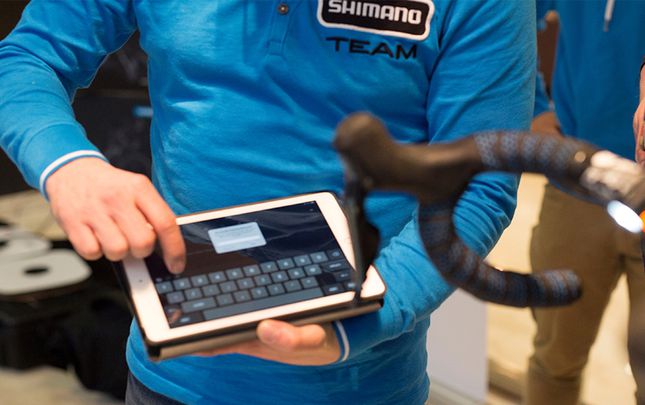Cycling is a hobby enjoyed by many. Not only is it relaxing and enjoyable, but it’s also perfect for your health and fitness. Long-distance cycling has become extremely popular over the last few years as high-performance bikes become more accessible, and as technology improves, making it easier to track our progress and perform at a higher level.
Design, construction, and electronic innovations are making long-distance cycling more efficient and fun than ever before. This article looks at how technology is improving long-distance cycling, looking at everything from electronic shifting to the rolling out of e-bikes to the broader market. Whether you’re a cyclist looking to get around the US or prefer staying closer to home, these tech innovations will undoubtedly make a difference.
1. Electronic shifting systems
Having to shift gears is one of the least enjoyable parts of long-distance cycling, and while it comes naturally to many seasoned cyclists, one wrong move can completely derail even the smoothest journey. Electric shifting systems take away much of the worry, similar to how automatic cars are becoming increasingly popular compared to manual. While it’s definitely easier, it also makes the whole ordeal much smoother, making it more straightforward for the cyclist to maintain the optimal speed no matter the terrain or elevation. For long-distance rides, this is especially important.
2. GPS & wearable tech

Reading a paper map can be a real pain, so the implantation of GPS and satellite navigation systems make long-distance cycling more stress-free. As technology has become more entrenched in our daily lives, GPS and sat nav systems have become crucial to many tech items, such as watches and mobile phones. The leading smartwatches can be set to track a cyclist’s movements, making it easy for you to read and respond to directions on the go without it being a distraction, which is especially important if cycling on a busy road.
3. Power meters and analytics
If you want to improve your long-distance cycling performance, a power meter is a great place to start. A power meter measures the force you exert on the pedals while on the move. Combining this data with other analytical tools, such as a heart-rate monitor, cyclists can better understand their fitness levels and make real-time changes to their training and technique. This cuts the time spent trying to make speculative gains. You can track your progress, set realistic goals, and take more considered steps to become a better cyclist.
4. Lighting & safety systems
If you cycle at night or early in the morning, as is often the case for long-distance cyclists, having the required lighting and safety systems is vital, keeping you safe on the road. Some of these newer products actually increase the brightness of the lights when a nearby vehicle is detected, then dim once the coast is clear, becoming less of a distraction to the cyclist while simultaneously saving battery power.
5. Comfort-enhancing materials
As we’re sure you’re aware, your clothing is essential when cycling for prolonged periods. Newer poly-synthetic materials are far more effective at wicking away moisture when on the road, especially compared to many of the earlier clothing items that almost encourage chafing, especially in high-sweat areas. As the garments become more popular with cyclists and sports people in general, the price will continue to decrease, making them more cost-effective and saving you plenty of pain in the years to come.
6. E-bikes mania
Electric bikes are all the rage right now, and for a good reason: they’ve changed the game when it comes to long- and short-distance cycling. These smart e-bikes can charge as they go, with the power stored in an attached battery, meaning you can save your juice for when you’re approaching a particularly daunting stretch, such as a large hill or long flat. The price of these e-bikes has fallen massively over the last few years, making them far more accessible than ever before. The overall weight and battery capacity have also improved massively.
Conclusion
Technology integration into long-distance cycling clearly indicates how far the sport has come over the past few years, showing how keen many are for cycling to become easier, more enjoyable, and increasingly accessible. As we push beyond what many think is possible, breaking records along the way, these technological innovations have the potential to take us to new heights.
As we become more connected to the technology around us, expect to see many more innovations appear, making life, in general, a little bit easier. There’s a ton more for us to achieve in the world of long-distance cycling, and we should all be excited for what else is to come, especially as more and more people take to the road and become more confident on their bikes.








